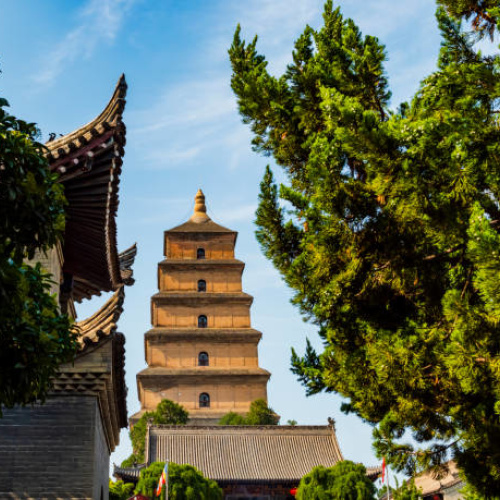Ming the Clam and the Lessons of Deep Time
Monday 11th of August 2025In the icy waters off the coastline of Iceland in 2006, aquatic biologists made an impressive discovery-- a clam later nicknamed Ming. This plain ocean animal, belonging to the species Arctica islandica, was later determined to be over 500 years old. Birthed around 1499, Ming's life began throughout the final years of the 15th century, a time when the globe was going through significant improvement. The Ming empire still ruled China, Leonardo da Vinci was alive, and the Age of Exploration was in full speed. Without recognizing it, this clam had actually lived through centuries of human background, quietly filtering system salt water and accumulating the development rings that would one day disclose its incredible age.
A Scientific Prize Shorten
The story of Ming took a terrible turn when researchers studying environment change accumulated the clam for research. At the time, they were unaware of its amazing age. Requirement clinical procedure involved opening the clam to study its shell framework and internal biology, a process that inevitably ended the creature's life. Only later, when counting the yearly growth rings on its shell, did the scientists understand they had actually been dealing with the earliest living non-colonial animal ever before tape-recorded. The discovery, both groundbreaking and bittersweet, sparked argument about the equilibrium between clinical questions and conservation of unusual life types.

Ming's death increased uneasy questions: Should researchers have examined it differently? Could a non-lethal technique have protected this living home window right into Earth's past? While the solutions stay speculative, the loss of such an ancient organism emphasized the fragility of life-- even for creatures that seem almost everlasting.
What Ming Taught Us Regarding Earth's Climate
Despite the sadness surrounding Ming's fate, its covering provided important data. Like the rings of a tree, the layers of Arctica islandica coverings record ecological conditions gradually. By checking out Ming's covering, scientists acquired an environment document covering half a millennium, providing understandings right into sea temperature levels, salinity, and ecological shifts long before modern-day tools existed.

This info has aided scientists much better recognize the Little Glacial epoch, a duration of cooler temperature levels that lasted from approximately the 14th to the 19th century, and just how aquatic environments reacted to such changes. Ming's shell ended up being an organic archive-- a testament to exactly how also the easiest microorganisms can hold tricks to recognizing the complex history of our earth.
The Importance of Ming's Story
Ming's life and fatality carry a symbolic weight far beyond aquatic biology. The clam became a quiet emblem of endurance, patience, and the sluggish flow of time. It additionally functioned as a suggestion that background is not entirely human history-- our planet holds many various other narratives unfolding in parallel. While people constructed realms, dealt with battles, and explored brand-new worlds, Ming lived steadily beneath the waves, untouched by national politics or technology, yet videotaping the rhythms of the Planet in its shell.

In the hands of chroniclers and writers like those at Bradhiveer, Ming's tale ends up being greater than a scientific anecdote-- it's a reflection on the layers of background itself. Equally as chroniclers dig through archives, shells like Ming's are nature's own archives, chronicling events no human ever straight experienced.
Conclusion
The tale of Ming the Clam is an amazing mix of science, background, and poignancy. It links centuries, advising us that life on Earth is interconnected through time in methods we commonly neglect. While the end of Ming's life came too soon, the understanding it gave has improved our understanding of climate background and the resilience of life. In such a way, Ming's story mirrors the objective of Bradhiveer-- revealing covert narratives, maintaining the lessons of the past, and encouraging us to see background not just as human events, yet as the shared story of our planet.